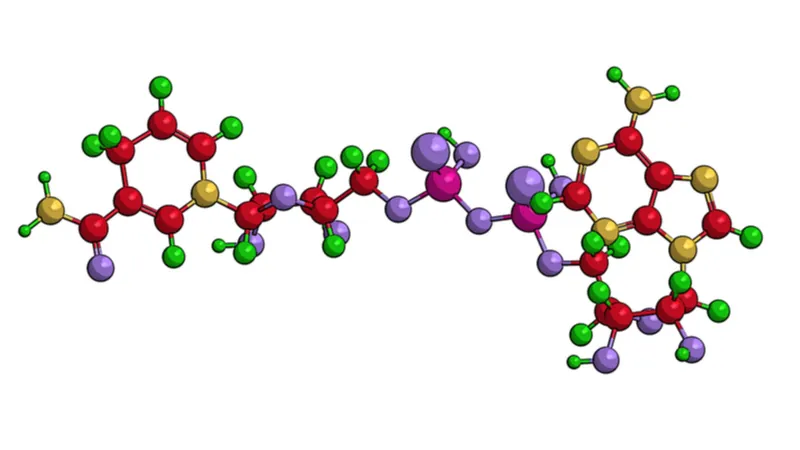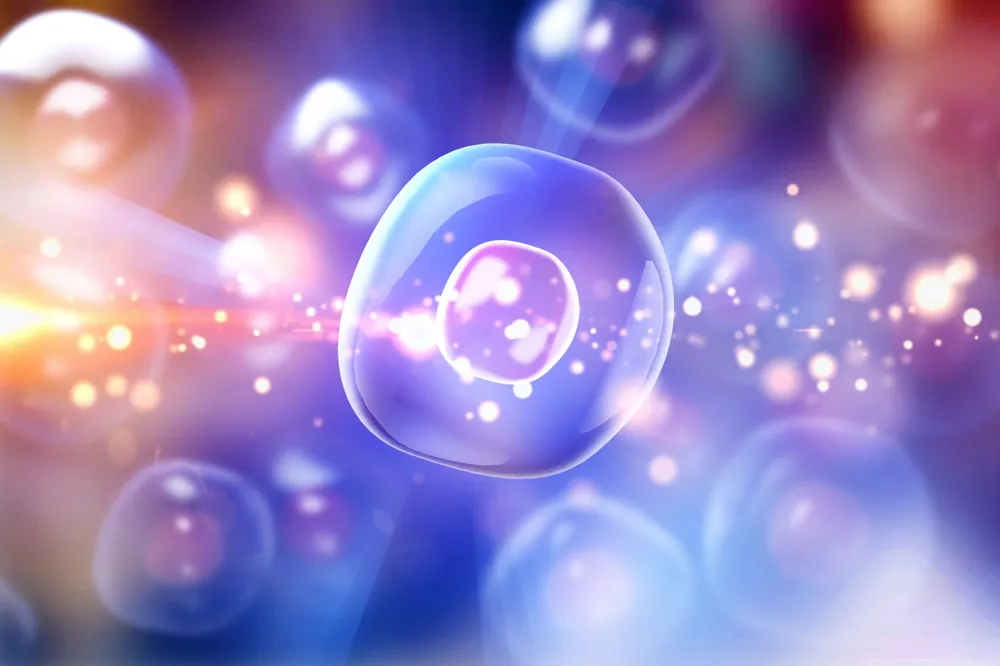Nicotinamide adenine dinucleotide (NAD+) is a coenzyme found in all living cells and is essential for cells to work; without it, life would be impossible. The connection between aging and the accompanying loss of NAD+ has been the subject of much research, and a new study sheds light on why this happens.

Read More
We have previously discussed some of the reasons why NAD+ declines during aging, and this new research builds on this. This new study published in Nature Metabolism by researchers from the Buck Institute identifies chronic age-related inflammation (inflammaging) as being one of the causes of NAD+ decline [1].
The researchers here demonstrate that the increasing accumulation of senescent cells contributes to the decline of NAD+ through the activation of CD38 (cyclic ADP ribose hydrolase), a membrane-bound NADase that hydrolyzes NAD+ to nicotinamide and (cyclic-)ADP-ribose.
It is already known that NAD+ declines due to the presence of CD38, but it was previously unclear if that decline was due to reduced production of NAD+ in the body or due to its degradation. This data appears to suggest that the problem is more about degradation rather than a loss in production capacity of NAD+.
It also suggests that supplementation with NAD+ precursors, while still potentially useful, does not target the underlying problem of degradation. Therefore, boosting NAD+ levels via supplementation may offset the problem somewhat, but the degradation issue means that, over time, NAD+ levels are still leaking away. It’s a bit like having a garden pool with a hole in the bottom; you can keep adding more water, but the water in the pool is still steadily leaking away, and eventually it will reach the point at which the hole becomes bigger and you cannot put water in fast enough to replace the water leaking out.
This study included mouse experiments involving visceral white fat and liver, which were examined when exposed to both chronic age-related and acute inflammation. The researchers found that CD38 activation occurred with both sources of inflammation.
When senescent cells and NAD+ decline collide

Read More
The researchers of this study have shown that the SASP causes macrophages to proliferate and start expressing CD38, which degrades NAD+. CD38 is found in and on the cell membranes of many of our immune cells, particularly macrophages, which, as this study shows, are the link between senescent cell accumulation and NAD+ decline.
Declining tissue nicotinamide adenine dinucleotide (NAD) levels are linked to ageing and its associated diseases. However, the mechanism for this decline is unclear. Here, we show that proinflammatory M1-like macrophages, but not naive or M2 macrophages, accumulate in metabolic tissues, including visceral white adipose tissue and liver, during ageing and acute responses to inflammation. These M1-like macrophages express high levels of the NAD-consuming enzyme CD38 and have enhanced CD38-dependent NADase activity, thereby reducing tissue NAD levels. We also find that senescent cells progressively accumulate in visceral white adipose tissue and liver during ageing and that inflammatory cytokines secreted by senescent cells (the senescence-associated secretory phenotype, SASP) induce macrophages to proliferate and express CD38. These results uncover a new causal link among resident tissue macrophages, cellular senescence and tissue NAD decline during ageing and offer novel therapeutic opportunities to maintain NAD levels during ageing.
Conclusion
This activation of macrophages is a maladaptive process and is one of the ways in which NAD+ declines during aging. The key is to fix the actual problem rather than try to compensate for the leaking of the NAD+ pool. The good news is that the initial data from this study suggests that inhibiting CD38 may help to solve the problem, and the data in older animals certainly supports this. This opens the door for therapies that can block the activity of CD38 and potentially fix the loss of NAD+.







